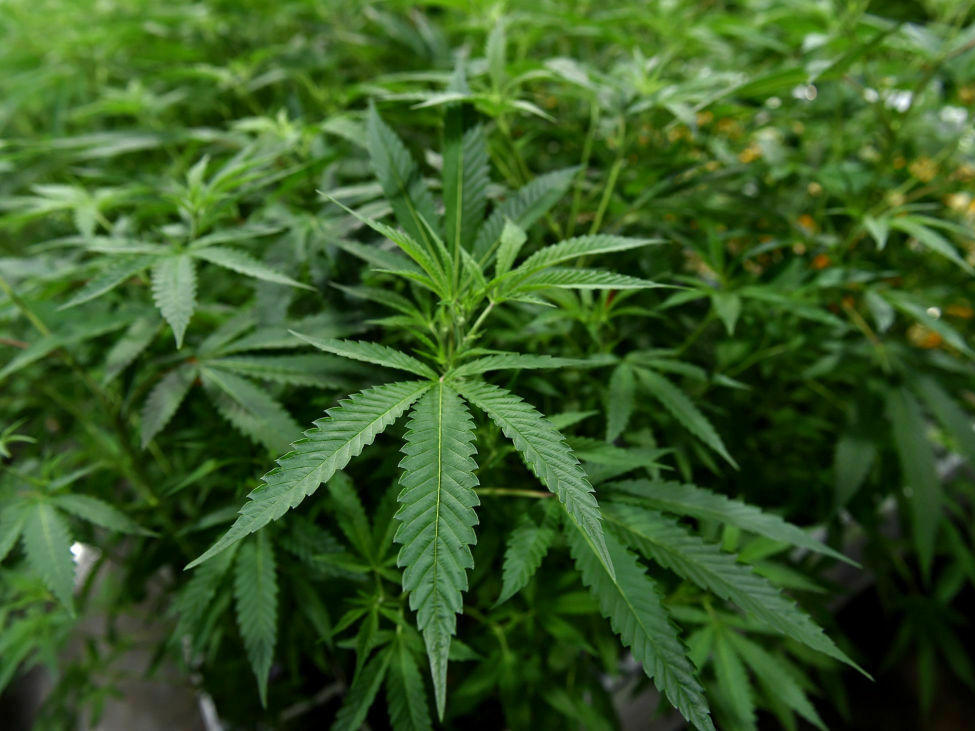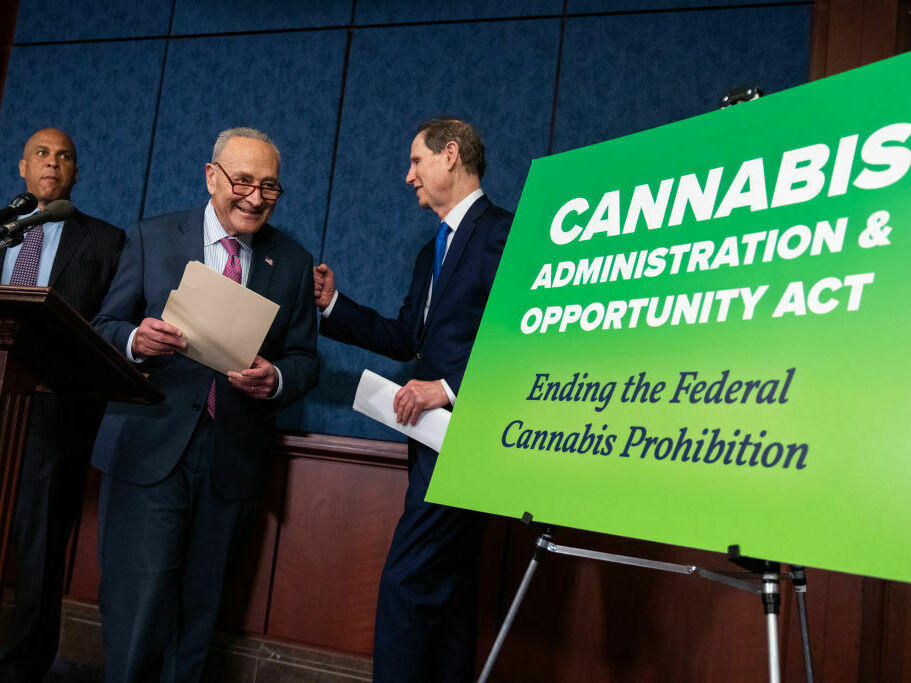Section Branding
Header Content
Scientists welcome new rules on marijuana, but research will still face obstacles
Primary Content
As the Biden administration moves to reclassify marijuana as a less dangerous drug, scientists say the change will lift some of the restrictions on studying the drug.
But the change won't lift all restrictions, they say, neither will it decrease potential risks of the drug or help users better understand what those risks are.
Marijuana is currently classified as a Schedule I controlled substance, which is defined as a substance with no accepted medical use and a high potential for abuse. The Biden administration proposed this week to classify cannabis as a Schedule III controlled substance, a category that acknowledges it has some medical benefits.
The current Schedule I status imposes many regulations and restrictions on scientists' ability to study weed, even as state laws have made it increasingly available to the public.
"Cannabis as a Schedule I substance is associated with a number of very, very restrictive regulations," says neuroscientist Staci Gruber at McLean Hospital and Harvard Medical School. "You have very stringent requirements, for example, for storage and security and reporting all of these things."
These requirements are set by the Food and Drug Administration, the Drug Enforcement Administration, the Institutional Review Board and local authorities, she says. Scientists interested in studying the drug also have to register with the DEA and get a state and federal license to conduct research on the drug.
"It's a burdensome process and it is certainly a process that has prevented a number of young and rather invested researchers from pursuing [this kind of work]," says Gruber.
Reclassifying the drug as Schedule III puts it in the same category as ketamine and Tylenol with codeine. Substances in this category have accepted medical use in the United States, have less potential for abuse than in higher categories and abuse could lead to low to moderate levels of dependence on the drug.
This reclassification is "a very, very big paradigm shift," says Gruber. "I think that has a big trickle down effect in terms of the perspectives and the attitudes with regard to the actual sort of differences between studying Schedule III versus Schedule I substances."
Gruber welcomes the change, particularly for what it will mean for younger colleagues. "For researchers who are looking to get into the game, it will be easier. You don't have to have a Schedule I license," she says. "That's a big deal."
The rescheduling of cannabis will also "translate to more research on the benefits and risks of cannabis for the treatment of medical conditions," writes Dr. Andrew Monte in an email. He is associate director of Rocky Mountain Poison and Drug Safety and an emergency physician and toxicologist at the University of Colorado School of Medicine.
"This will also help improve the quality of the research since more researchers will be able to contribute," he adds.
But the change in classification won't significantly expand the number of sources for the drug for researchers, says Gruber. For 50 years, researchers were allowed to use cannabis from only one source – a facility at the University of Mississippi. Then, in 2021, the DEA started to add a few more companies to that list of approved sources for medical and scientific research.
While she expects more sources to be added in time, she and many of the researchers she knows have yet to benefit from the recently added sources, as most have limited products available.
"And what we haven't seen is any ability for researchers –cannabis researchers, clinical researchers – to have the ability to study products that our patients and our recreational consumers or adult consumers are actually using," she adds. "That remains impossible."
There is very little known information about what is in cannabis products on the market today. Some studies show that the level of THC, the main intoxicant in marijuana, being sold to consumers today is significantly higher than what was available decades ago, and high THC levels are known to pose more health risks.
And Monte cautions that the reclassification itself doesn't mean that cannabis has no health risks. Monte and his colleagues have been documenting some of those risks in Colorado by studying people who show up in the emergency room after consuming cannabis. Intoxication and cyclical vomiting (cannabinoid hyperemesis syndrome) and alarming psychiatric symptoms such as psychosis are among the top problems bringing some marijuana users to the hospital.
Research on cannabis has been lacking surveillance of these kinds of impacts for decades, he says. And rescheduling the drug will not fill that "gaping hole in risk surveillance," he writes.


